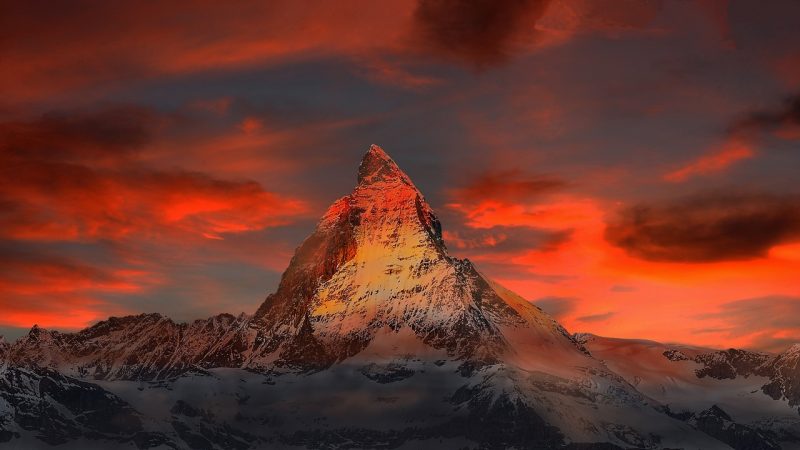Imagine a world where mountains grow so high, they poke through the upper atmosphere and create a rocky maze for pilots to navigate.
Maybe that world exists somewhere in the far reaches of the universe. But on Earth, mountains can’t grow much higher than Mount Everest, which extends 29,029 feet (8,840 meters) above sea level.
So what stops our planet’s mountains from growing … forever?
There are two major factors that limit mountains’ growth, said Nadine McQuarrie, a professor in the department of geology and environmental science at the University of Pittsburgh.
The first limiting factor is gravity. Many mountains form because of movements in Earth’s surface layer known as plate tectonics; this theory describes the Earth’s crust as mobile and dynamic, divided into large pieces that inch around with time. When two plates collide, the impact forces material from their touching edges to move upward. This is how the Himalayas mountain range in Asia, which includes Mount Everest, formed.



